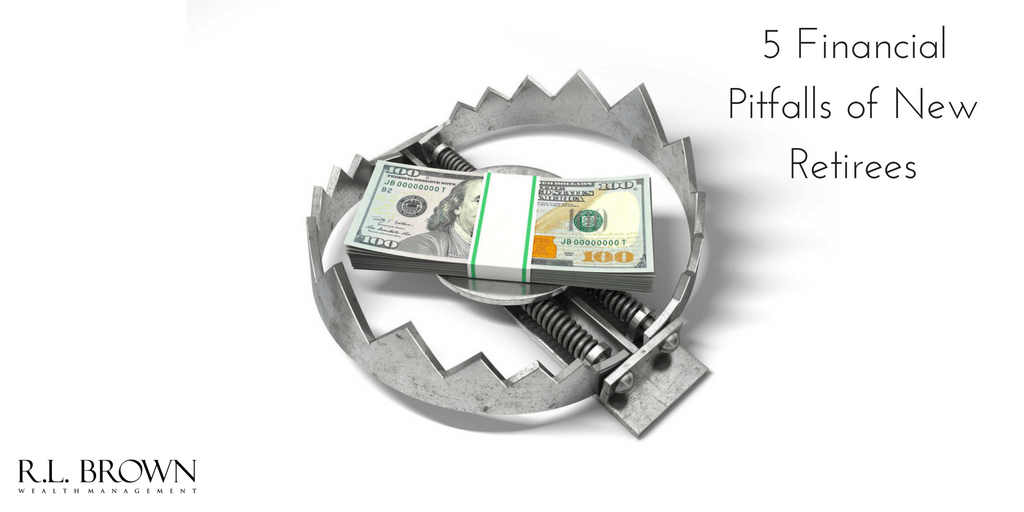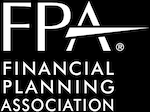Carrying debt into retirement probably wasn’t something you envisioned for your golden years, but it’s a reality for many Americans. That doesn’t mean you can’t still fully enjoy your retirement; it just means you must plan accordingly.
Recent research shows that while younger people generally carry more debt, older Americans owe more than they used to. The amount of debt held by Americans aged 65 grew by 48 percent on a per capita basis from 2003 to 2015, according to The Fiscal Times. The same study revealed that in 2015, 65-year-old Americans carried 29 percent more in auto loan debt, 47 percent more in home-secured debt and 886 percent more in student loan debt when compared to 2003.
With those statistics in mind, take note of the following are some steps if you expect to take on some debt in retirement:
1. Analyze your debt
If your mortgage or auto payments are reasonable and you don’t have many years left before they’re paid off, then that type of debt is not too worrisome. While they’re not ideal, these expenses can be managed on a monthly budget.
If you are entering retirement with significant credit card debt on top of other payments, however, that can be cause for concern. If this sounds like your situation, take a look at the interest rate of your credit cards. Those that are low and tax-deductible may be worth paying each month in retirement and simply increasing IRA withdrawals to cover the payments. If the interest rate is high, however, the loans should be paid off as quickly as possible.
2. Employ the “debt snowball” effect.
In order to make genuine progress toward eliminating your debt while in retirement, focus on one payment first—the easiest one to pay off, not necessarily the one with the highest interest–while making smaller payments on the others. After you’ve erased a smaller loan, roll the money used for those payments to the next biggest. The sense of accomplishment from paying off that initial debt will hopefully motivate you to continue eliminating all your payments until you’re debt free.
3. Come up with extra cash to put toward debt
There are plenty of places to look for extra cash. What about buyouts of payouts of funds for overtime and unused vacations? Your tax refund? An inheritance from a loved one? If none of these are possibilities, consider obtaining a part-time job in retirement or work a few extra months past when you were planning on retiring in order to reduce or eliminate your lingering debt.
4. Be careful with large lump-sum withdrawals
If this is your plan to try and eliminate debt, talk to a financial professional first, as tax rates and the taxable portion of Social Security can quickly increase. If you can make a higher rate of return by leaving your assets invested versus paying off the debt, you may be better off keeping the debt for now. You will pay off the debt with your invested assets, using interest, dividends and appreciation to make your monthly payments.
5. Restructure debt
If you’re nearing your retirement years, you should consider restructuring debt by either consolidating loans or refinancing your mortgage and/or auto payment. Both options will spread your payments out for a longer period of time, but they could also save you hundreds of dollars a month in the short term, which could free up funds to pay off other higher interest debts in a quick fashion.
6. Create a budget and stick to it
Last but not least, those who have debt in retirement should have a carefully crafted budget that includes a full payoff schedule for each debt. If you stick to that schedule and maintain a healthy cash flow in retirement, the debt should be manageable. Once a particular debt is paid off, the monthly amount allocated for that debt should be put toward the next debt, and so on. If needed use cash for certain expenses, or use an online system to help you track spending and stay on track with your budget.
The bottom line: Carrying debt into retirement isn’t ideal, but if it’s a reality for you, then it’s important to learn how to manage it. By following the above steps, you’ll be on your way to being debt free and enjoying your retirement to the fullest in no time.







